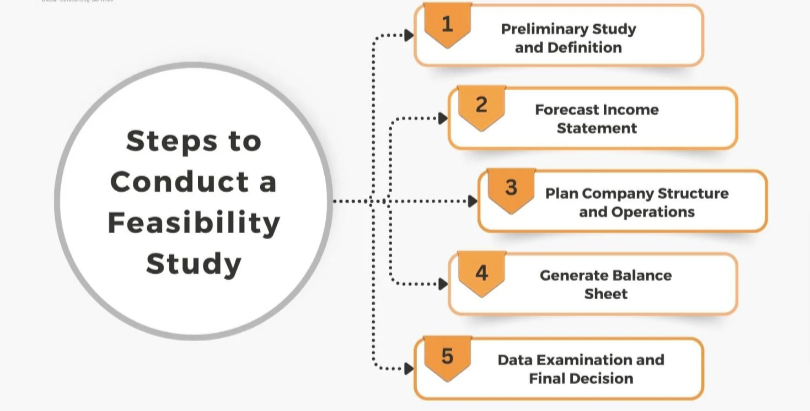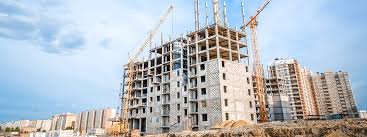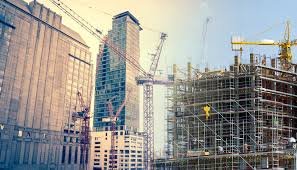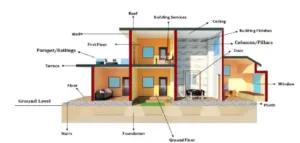How to open a mall in katihar…
Opening a mall in Katihar involves a detailed process that covers planning, legal work, construction, financing, and management. Here’s a step-by-step breakdown to help you navigate the process:
1. Conduct Feasibility Study

- Market Research: Study the population, income levels, and consumer behavior in Katihar to understand the demand for a shopping mall. Analyze competition (if any) and gaps in the local market.
- Site Selection: Identify potential locations where the mall can be built. Ideally, choose an area with high foot traffic or central to town.
- Feasibility Assessment: Assess land availability, costs, and potential revenue streams. Engage consultants if necessary to evaluate whether building a mall would be profitable.
2. Secure Land

- Land Acquisition: Once a suitable location is identified, check the legal status of the land and make sure it is zoned for commercial purposes. This might involve:
- Purchasing the land.
- Leasing long-term land from the government or private owners.
- Land Survey and Documentation: Work with a real estate lawyer to ensure all paperwork is clear, including title deeds, land use permissions, and sale agreements.
3. Develop a Business Plan

- Mall Concept: Decide the type of mall you want to build (shopping center, entertainment hub, mixed-use mall, etc.).
- Financial Projections: Estimate the total cost of building, including land, construction, and operational costs. Make detailed revenue projections based on potential rents, parking fees, and food court/entertainment revenue.
- Funding: Plan how you’ll finance the project, whether through self-funding, bank loans, or investors.
4. Get Financing

- Bank Loans: Approach banks or financial institutions for commercial loans. Be prepared to submit your business plan, financial projections, and collateral.
- Investors: Look for real estate investors or venture capitalists who might want to partner in the project.
- Government Schemes: Check for any government schemes that support infrastructure or commercial projects in Bihar.
5. Design and Planning

- Hire an Architect and Engineer: Choose a professional team to design the mall. The design should include:
- Retail spaces (varied sizes for different stores).
- Anchor tenants (like supermarkets, cinemas, or department stores).
- Food courts, entertainment areas, and parking lots.
- Infrastructure for accessibility (elevators, ramps, escalators).
- Mall Layout: Plan a layout that ensures easy navigation, convenience for shoppers, and safety features like fire exits.
- Project Approval: Get the architectural plan approved by the local municipal body and ensure compliance with building codes and safety regulations.
6. Obtain Permits and Clearances
- Building Permits: Apply for construction permits from local authorities.
- Environmental Clearances: Ensure that the project meets environmental regulations.
- Fire and Safety Approvals: Secure necessary clearances from fire and safety departments.
7. Construction

- Choose a Contractor: Hire a reputable construction company that has experience building commercial spaces. Ensure that they stick to budget and timelines.
- Monitor Progress: Keep track of the construction process to avoid delays. Ensure regular quality checks are done.
- Utilities: Make arrangements for water, electricity, internet, and sewage management.
8. Tenant Acquisition

- Anchor Tenants: Secure key tenants such as large retail chains, supermarkets, or multiplex cinemas. Anchor tenants attract more visitors to the mall.
- Retailers and Brands: Approach both national and local brands to lease retail spaces. Offering competitive rates initially can help attract businesses.
- Food Court and Entertainment: Lease spaces in the food court to popular food chains and invite entertainment providers (like game zones or cinemas).
9. Marketing and Promotions

- Branding: Create a brand identity for the mall, including logos, signage, and marketing material.
- Pre-launch Advertising: Use newspapers, radio, social media, and local media to create excitement about the upcoming mall.
- Grand Opening: Plan a grand launch event with special promotions, celebrity appearances, or discount offers to draw in the initial crowd.
- Ongoing Promotions: Engage shoppers with regular sales, festive events, or activities like concerts and fashion shows.
10. Mall Management and Operations

- Mall Management Team: Hire a professional team to handle day-to-day operations, including leasing, maintenance, security, and customer service.
- Security and Safety: Implement a robust security system with surveillance cameras, security personnel, and fire safety measures.
- Customer Service: Focus on maintaining cleanliness, proper signage, and an overall good shopping experience to keep customers satisfied.
- Leasing Contracts: Make sure to have proper leasing agreements with all tenants, including terms for rent, maintenance, and common area charges.
11. Maintenance and Upkeep

- Facilities Management: Ensure regular maintenance of the property, including cleaning, landscaping, and repairs.
- Technology: Use digital management tools for rent collection, space management, and communication with tenants.
- Sustainability: Consider integrating eco-friendly features such as solar panels, rainwater harvesting, and waste management systems.
Additional Tips:
- Legal Advice: Always work with a lawyer, especially for land acquisition and legal approvals.
- Hire Experts: Rely on professionals for construction, design, leasing, and marketing.
- Sustainability: Consider green building certifications to reduce operational costs in the long run.
- Engage Local Community: Organize local events to attract foot traffic and support the local economy.
By following these steps, you can successfully open a mall in Katihar.











Add comment